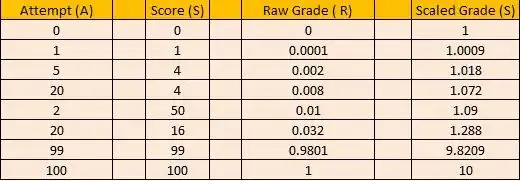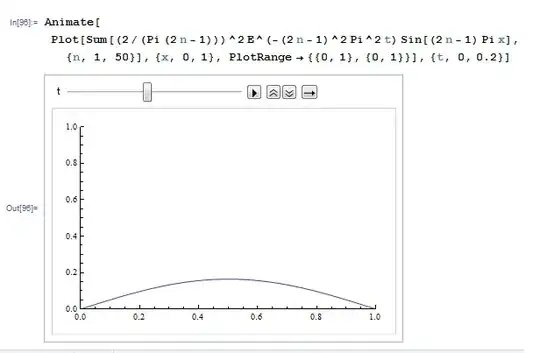I do not remember precisely what the equations or who the relevant mathematicians and physicists were, but I recall being told the following story. I apologise in advance if I have misunderstood anything, or just have it plain wrong. The story is as follows.
A quantum physicist created some equations to model what we already know about sub-atomic particles. His equations and models are amazingly accurate, but they only seem to be able to hold true if a mysterious particle, currently unknown to humanity, exists.
More experiments are run and lo and behold, that 'mysterious particle' in actual fact exists! It was found to be a quark/dark-matter/anti-matter, or something of the sort.
What similar occurrences in history have occurred, where the mathematical model was so accurate/good, that it 'accidentally' led to the discovery of something previously unknown?
If you have an answer, could you please provide the specific equation(s), or the name of the equation(s), that directly led to this?
I can recall one other example.
Maxwell's equations predicted the existence of radio waves, which were then found by Hertz.

